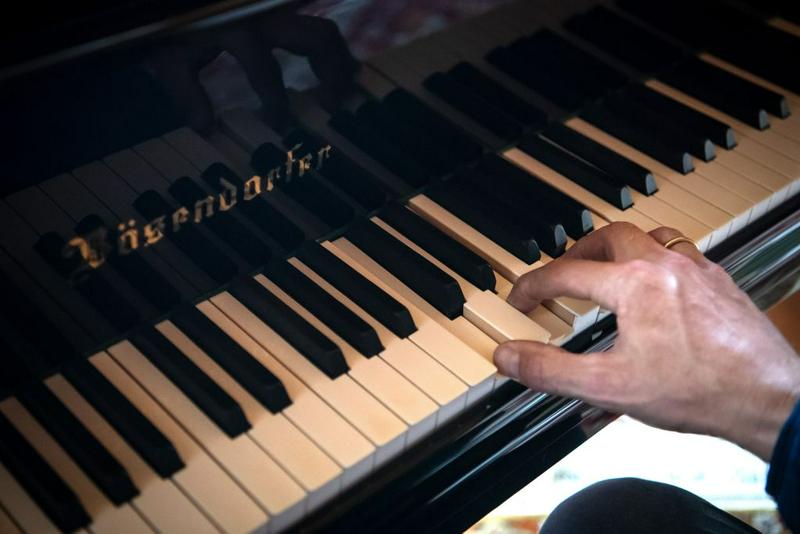Invention Of The Piano: History Of The World's Most Versatile Musical Instrument
By | November 20, 2020

As the instrument of choice for nearly all composers, the piano is one of the most important musical instruments in history, but when was the piano invented? Who invented the piano? What did early pianos look like?
The Forerunners Of The Piano
The piano's oldest ancestor is the monochord, an ancient musical instrument consisting of a single string stretched across a sound box with movable bridges that could change the frequencies of the sound. Although it was popular throughout the Middle Ages, it was limited in its musical quality. Musicians with a flair for invention experimented with improvements to the monochord and ended up creating the harpsichord and the dulcimer, string instruments that required the player to strike the strings with a small hammer to produce sound.
The clavichord, a keyboard string instrument developed in the late Middle Ages, was popular throughout the Renaissance era and the instrument of choice during the Baroque and Classical periods of music composition, but it differed from the modern piano in a key way—literally. It had only one string per key, and sometimes, a string even pulled double-duty across two keys, while modern piano keys cover as many as three strings each. As a result, the clavichord wasn't loud enough for stage performances, so it was mostly used as a tool to compose music.

Bartolomeo Cristofori Invented The Piano
In 1688, Italian craftsman Bartolomeo Cristofori was appointed to the court of Florence by Prince Ferdinando de'Medici to maintain its harpsichords and other musical instruments. Cristofori was as vexed about the limitations of the clavichord and harpsichord as the musicians who came before him, so he tinkered with the instruments until he found a way to amplify their sound.
One of his key breakthroughs was a mechanism that allowed the hammer to pull away from the string as soon as it was struck, letting it ring clear without the hindrance of the hammer. He also developed a catch for the hammer so that it wouldn't bounce back and strike the string again. Cristofori combined all of his innovations into an instrument documented as an "arpicimbalo," which featured hammers, strings, and a dual keyboard and boasted a four-octave range. More importantly, the instrument could produce sound that was loud enough for stage performances.

The Pianoforte Was The Earliest Piano
In 1711, a journalist named Scipione Maffei wrote a favorable review of Cristofori's instrument in which he called it a harpsichord "col piano e forte," or a harpsichord that is soft and loud. From this, the name "pianoforte" was given to the instrument, which was eventually shortened to just "piano." Maffei may have taken his term from an earlier inscription written by the court musician of Florence, Federigo Meccoli, who referred to the instrument as the "arpi cimbalo del piano e forte" in 1700.
Cristofori built numerous pianos that were used by the court musicians in Florence, but three centuries later, only three are known to have survived. They can be found at Rome's Museo Strumenti Musicali, the Musikinstrumenten-Museum at Leipzig University, and the Metropolitan Museum of Art in New York City. The piano housed in the Met is the oldest of the three surviving pianos, dating back to 1720. It has fewer keys than modern pianos, heavier hammers, and thinner strings, so it produces a sound closer to a traditional harpsichord than today's pianos.

The First Piano Music
Despite the advantages the piano provided over the harpsichord, the great musicians of Italy did not immediately embrace the piano, but all that changed after five of Cristofori's pianos were sold to Queen Maria Barbara de Braganza of Spain for her favorite patron and court musician, Domenico Scarlatti. He composed more than 500 sonatas for a single-keyboard instrument, although most were performed on the harpsichord. Lodovico Giustini 1732 "Sonate de cimbalo de piano e forte detto volgarmente di martelletti" is the earliest composition that was definitely written for the piano.

